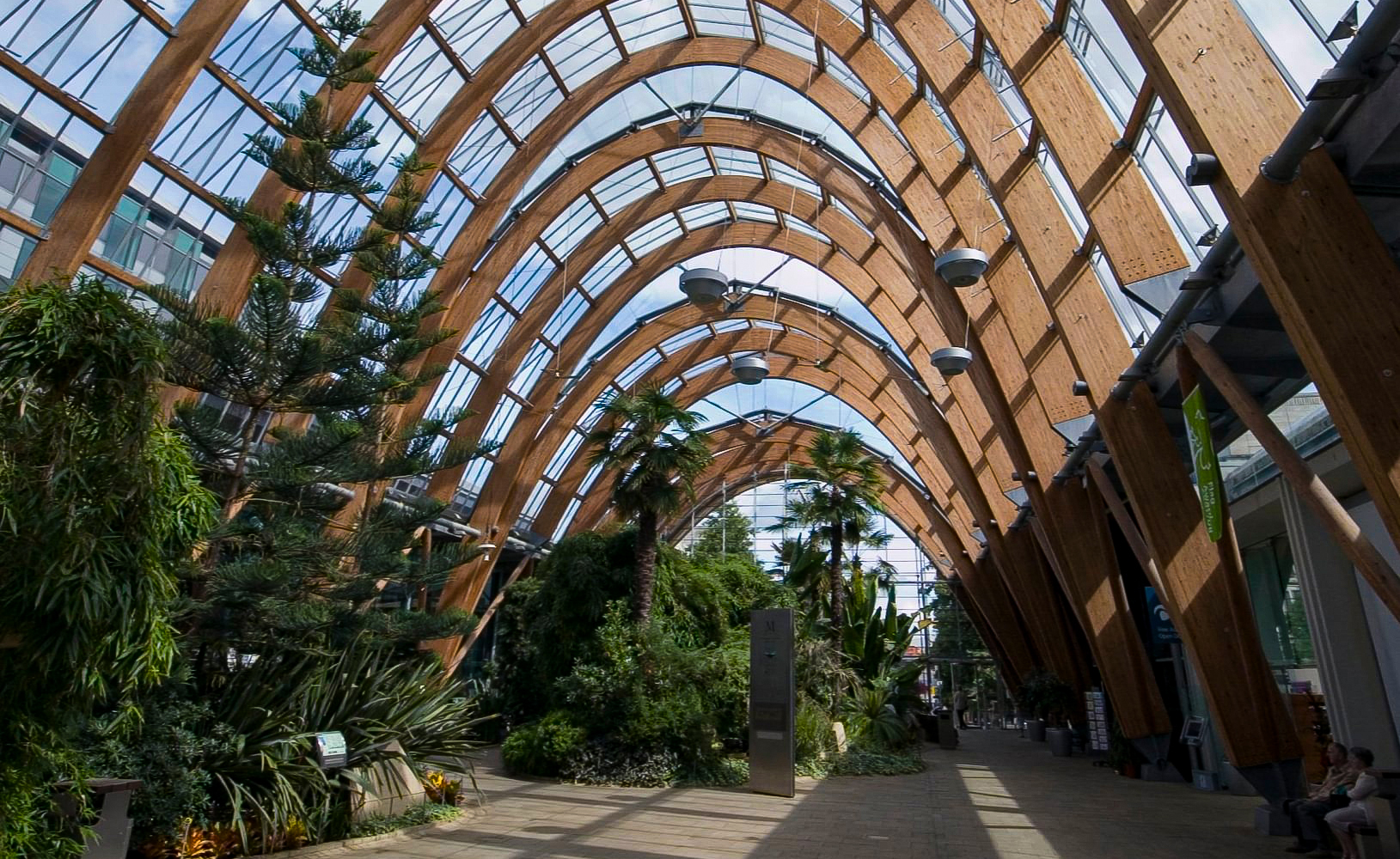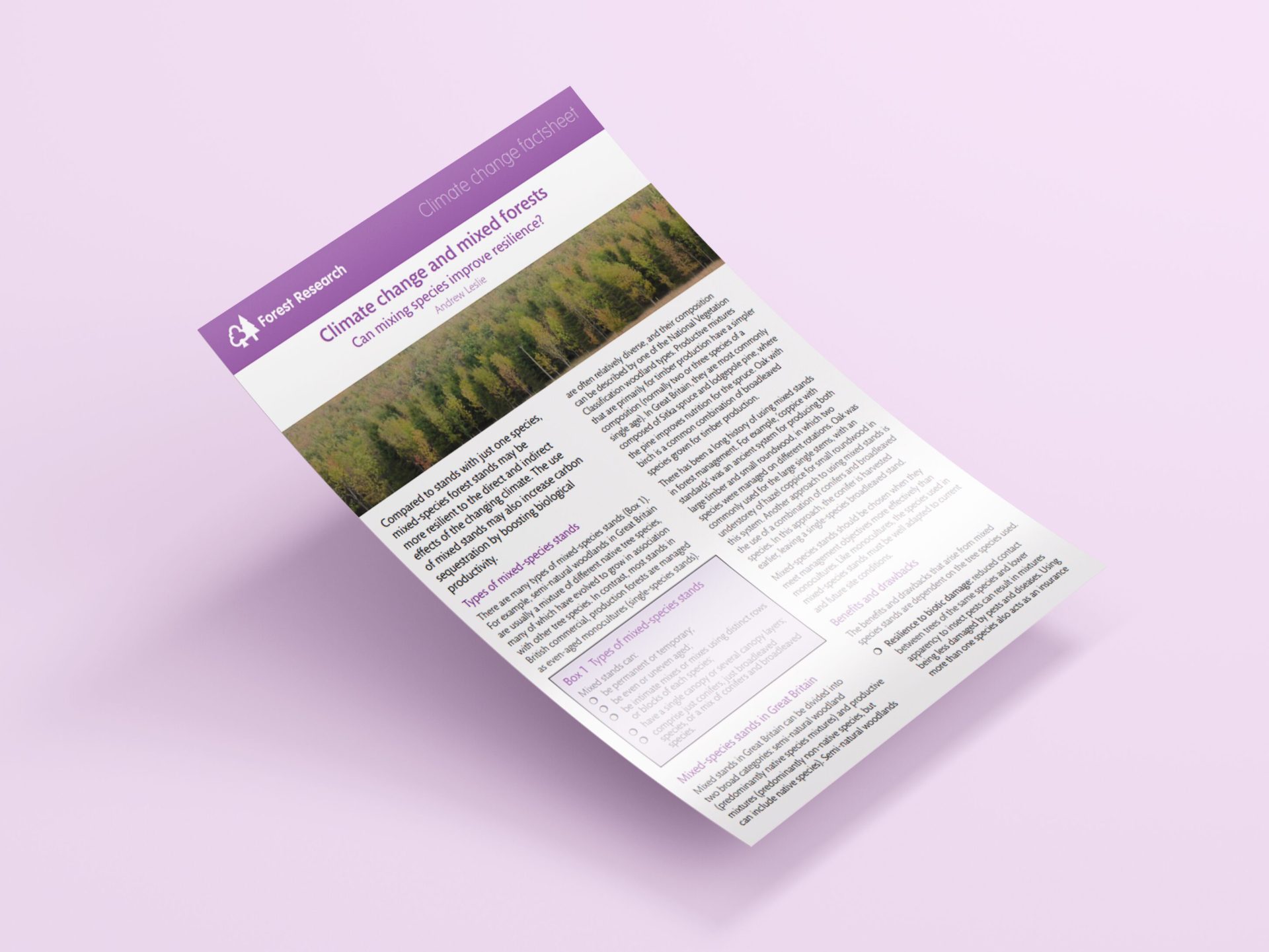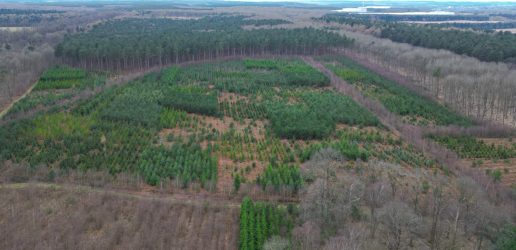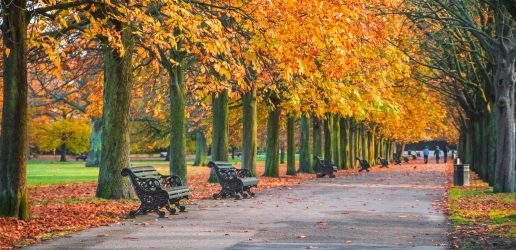Our climate is changing, and trees, woodlands and forests play a vital role in mitigating the risks from climate change and in reducing the impacts on society and the environment

Forests store carbon, support biodiversity and provide us with materials and energy but they also face increasing risks from pests, diseases and extreme weather events.
What are the Climate Change Factsheets?
Forest Research has developed a series of Climate Change Factsheets aimed at:
- practitioners
- individuals and organisations wanting to understand more about trees, woodlands and forests and climate change.
These short, evidence-based guides bring together the latest science with practical insights. They introduce you to:
- the effects of the changing climate on trees and forests
- the role trees and forests can play in mitigating the negative impacts of climate change
- how management may need to adapt to increase resilience.
James Morison, Principal Scientist at Forest Research said, “our series of bite-size Climate Change Factsheets are grounded in Forest Research’s science and summarise key topics and make the information accessible.”
Our series of bite-size Climate Change Factsheets are grounded in Forest Research’s science and summarise key topics and make the information accessible.
Browse the full series of factsheets
Climate change and carbon in wood products

One of the newest factsheets looks at the climate benefits of wood products.
Timber products store carbon while in use, with lifespans ranging from months to many decades. The UK’s wood product “carbon pool” is currently estimated at around 500 million tonnes of CO2e.
Timber can also replace materials that release more emissions from fossil-fuels during their manufacture, such as steel or concrete. By reusing and recycling wood products, we can keep carbon locked away for longer and reduce emissions.
Download the wood products factsheet
Climate change and mixed forests

Our latest factsheet looks at how mixed-species forest stands may be more resilient to the direct and indirect effects of the changing climate compared to stands with just one species. The use of mixed species stands may also increase carbon sequestration by boosting biological productivity.
The benefits and drawbacks from mixed species stands are also noted, including financial returns, resistance to biotic and abiotic damage as well as nutrient availability and biodiversity.
Recent News
View All news
Seventeen coniferous tree species show early promise for future commercial timber production in the UK
Researchers have set up a network of nine large scale experiments across the UK to test the suitability of 17 tree species as potential alternatives for future commercial timber production.
Forest Research are looking for people involved in the harvesting, processing, transport, import, or trade of firewood in Scotland to complete an important survey.

New guide to help local authorities conduct a people survey on the social value of their treescapes
A new step-by-step guide to help local authorities, charities and civic societies carry out a people survey to understand social and cultural values related to trees in their area, is now available.

Seventeen coniferous tree species show early promise for future commercial timber production in the UK
Researchers have set up a network of nine large scale experiments across the UK to test the suitability of 17 tree species as potential alternatives for future commercial timber production.
Forest Research are looking for people involved in the harvesting, processing, transport, import, or trade of firewood in Scotland to complete an important survey.

New guide to help local authorities conduct a people survey on the social value of their treescapes
A new step-by-step guide to help local authorities, charities and civic societies carry out a people survey to understand social and cultural values related to trees in their area, is now available.

